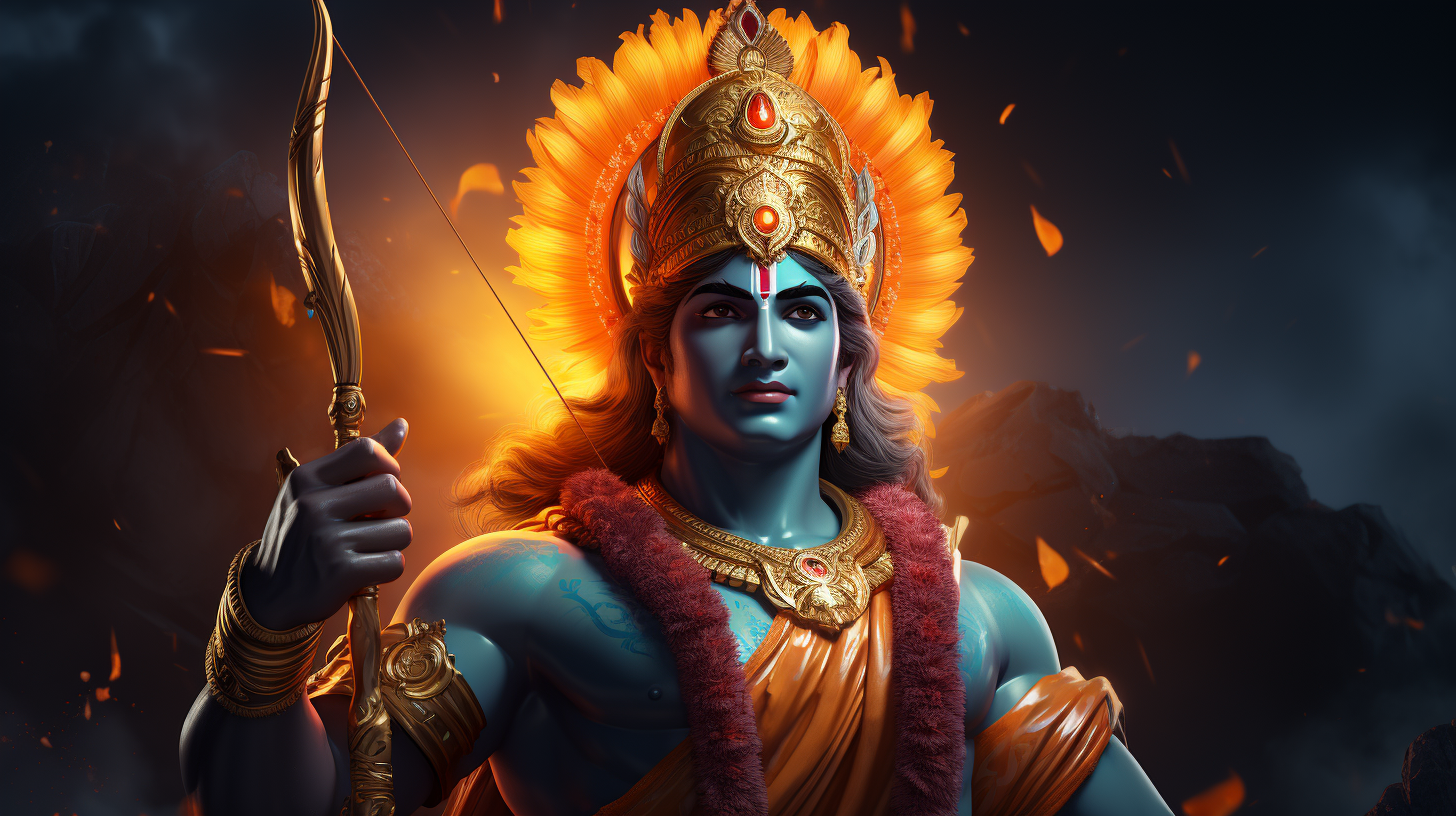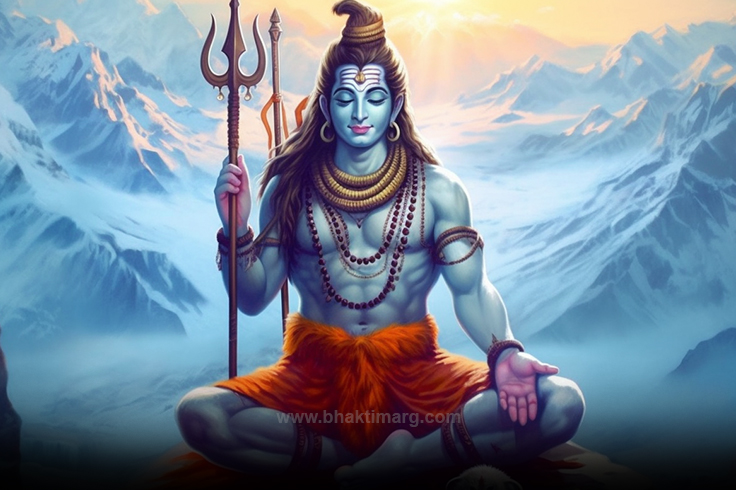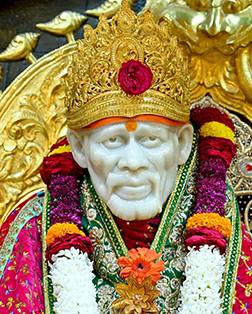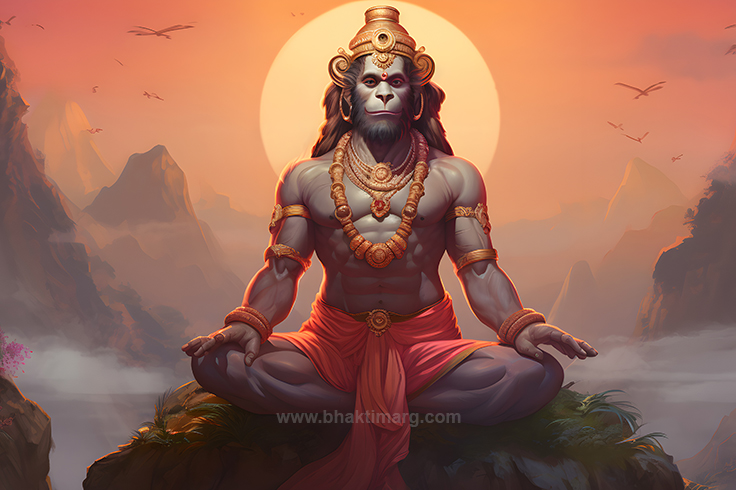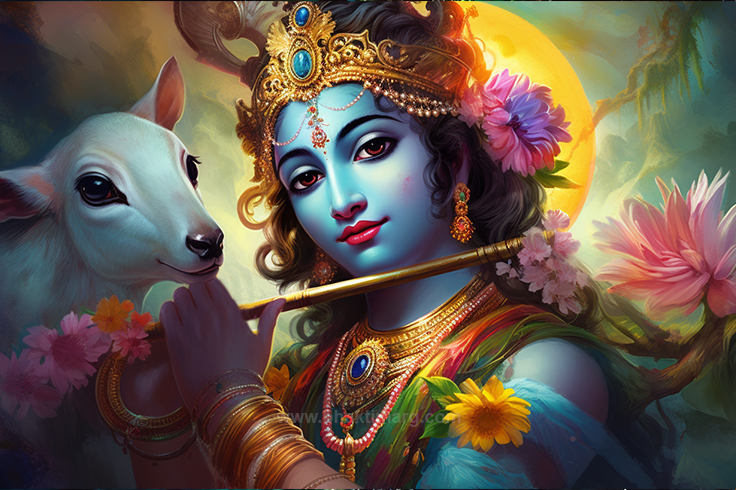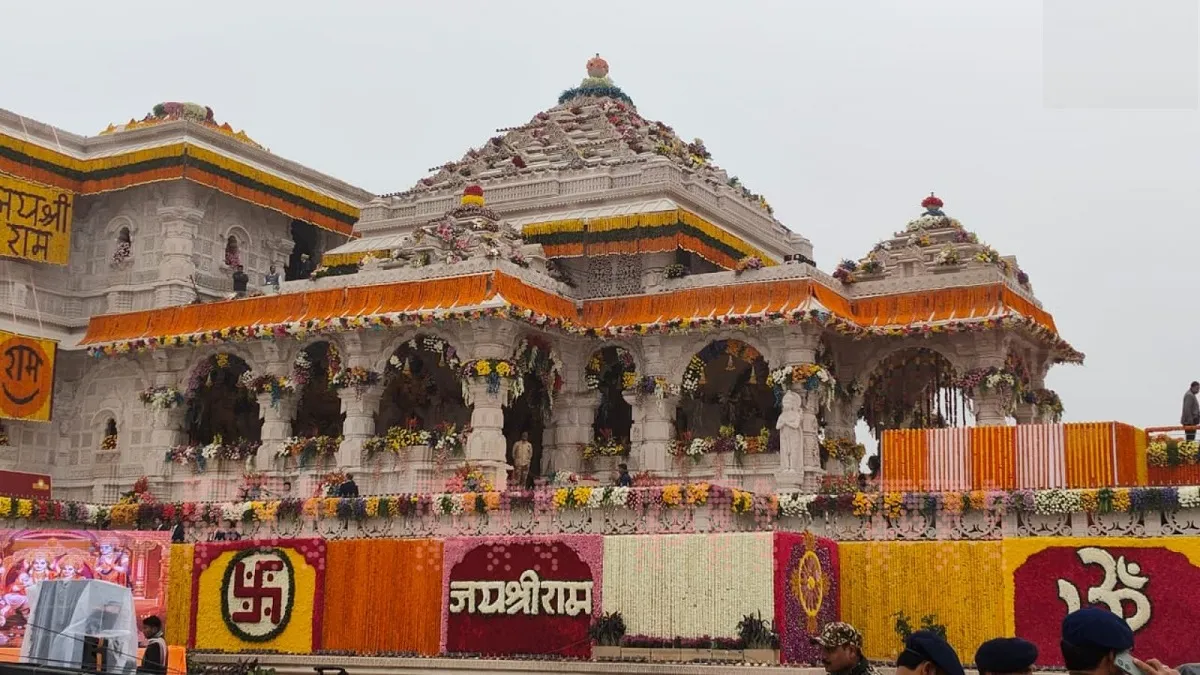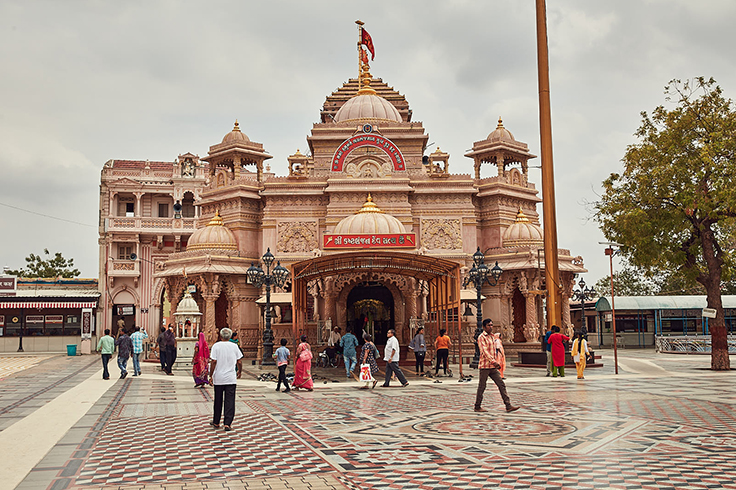The Legend of Narasimha Avatar: Why God Chose the Form of a Half-Man, Half-Lion
Hindu mythology picks the Narasimha avatar as a divine symbol of both strength and protective power. The manifestation of Lord Vishnu in the special form exists as one of his many divine manifestations. Narasimha exists as a combination of human and animal features. Narasimha possesses attributes from both people and lions because he contains dual natures. The word “Narasimha” combines the Sanskrit terms, which mean “nara” represents a human being, while “simha” stands for lion. This form was assumed for a reason. It defied all the rules of form to kill evil. The Narasimha avatar is a demonstration of how the divine can assume any form to restore balance. It teaches that good will triumph over evil. The story is greater than a myth. It carries profound meaning concerning justice and responsibility. The lord vishnu avatars are not just about power. They are an educational lesson concerning faith, time, and the universe’s truth.
The Background: Hiranyakashipu’s Tyranny and Boon

The story of Lord Narasimha killing Hiranyakashipu begins with a cruel reign and intense fear. The demon king Hiranyakashipu wished to punish Vishnu since the deity killed his brother Hiranyaksha during his Varaha avatar. At the end of his penance, Hiranyakashipu obtained a divine grant, but he insisted on adding conditions that guaranteed his immunity from defeat. The Lord Brahma awarded him a special boon after seeing his devotion through ascetic discipline because the conditions were perfect and unbreakable.
The bestowed power stated that Hiranyakashipu could not be murdered by any creature from the human, animal, or divine categories or the realm of living and non-living forms. After getting the gift of immortality, Hiranyakashipu launched his period of tyranny. Thus, it barred the worship of Vishnu as he claimed to surpass divine power.
Prahlada: The Unshakeable Devotee of Vishnu

Amid this darkness stood Prahlada, son of Hiranyakashipu and a devout believer in Vishnu. No amount of reasoning and even attempts at murder by his father could make Prahlada abandon his belief. His unwavering belief was the crux of the tension in the Narasimha story. Hiranyakashipu lost his control after Prahlada insisted Vishnu exists everywhere, so he hit a pillar with his mace before demanding to see this mysterious deity. Vishnu emerged from the pillar in the fearful form of Narasimha after showing respect to Prahlada and upholding his religious dignity.
The Narasimha Avatar: The Perfect Answer to a Clever Boon

The Narasimha incarnation’s appearance was a master plan crafted to circumvent every aspect of Brahma’s blessing. As one of the 10 avatar of lord vishnu, neither human nor beast, the Narasimha incarnation dodged the prohibition on the form of his assassin. He appeared at dusk, a time neither day nor night, and thus escaped any time constraint. He drew him to the boundary of a courtyard, the place where lord narasimha killing Hiranyakashipu. Then he sat Hiranyakashipu on his lap, ensuring he was neither on the ground nor in the air. Last of all, with his claws, he tore open the demon’s belly, violating no prohibition on weapons. This killing was a dramatic demonstration of divine ingenuity, a reminder that no blessing could outrun the will of the Supreme.
The Symbolic Significance of Narasimha: Lord of Time and Protection

Narasimha is not merely the Lord Vishnu avatar who slew a demon. He is also revered as the form of Kala (Time), Mahakala (Great Time), and Parakala (Beyond Time). He symbolizes the cyclical process of creation and destruction. His coming indicates safeguarding against external forces as well as eradicating negative qualities of body, speech, and mind. We should embrace Narasimha Jayanti significance to slay inner demons such as pride, ego, anger, and ignorance. Narasimha here is an ageless symbol of justice, hope, and the final triumph of good over evil.
Nine Divine Forms of Narasimha: Non-Duality

Amidst Diversity, with time, Narasimha’s mythological appearance transformed into nine various forms. These Lord Vishnu avatars represent different aspects of his divinity.
● Ugra Narasimha, the fierce incarnation, exhibits the culmination of his fury with Hiranyakashipu’s body in his lap.
● Mallola Narasimha exhibits his romantic side, depicted with Lakshmi as his romantic partner.
● Jwala Narasimha, with eight arms, exhibits anger, violence, and cosmic justice.
● Varaha Narasimha and Bhargava Narasimha exhibit peaceful and serene natures.
● Karanja Narasimha is said to have manifested in front of Lord Hanuman.
● Yoga Narasimha exhibits a meditative stance, exhibiting peace and self-restraint.
● Finally, Lakshmi Narasimha exhibits a gentle nature, embracing his partner, Senju Lakshmi, exhibiting a balance between strength and love.
These avatars demonstrate that although the Narasimha avatar appeared to have a specific purpose. The plurality of his avatars also demonstrates the numerous different needs of his followers: some need protection, some need justice, and some need love and peace.
The Philosophical Message: Beyond Comparisons and Forms

Prahlada summoned Narada Muni during the Narasimha story to evaluate the power and strength between Narasimha and Shiva. The comparison between Lord Vishnu and Lord Shiva stands at the same level as the comparison of different seasons according to Narada. Religion exists beyond material design because it represents a fundamental energy that exists in nature. The story presents this dialogue to teach people that all religious beliefs should unite instead of causing division.
Why a Half-Man, Half-Lion? The Metaphysical Reasoning

This legendary narrative captivates readers because Vishnu selected an exact physical manifestation between human and lion anatomy. The precise wording of Hiranyakashipu’s boon required a form beyond categories, so Vishnu selected the Narasimha avatar to fulfill it. The manifestation that Vishnu chose carries profound spiritual meaning. According to various cultural traditions, the lion represents qualities of divine power, courage, and strong authority.
These two aspects of his being enable Vishnu to defend goodness while scaring away evil. The Narasimha manifestation represents the perfect opposition between thinking abilities and primal energy, while connecting logic to natural strength and affection to intense fury.
The Enduring Relevance of Narasimha Today

Vishnu’s manifestations stand as more than mythical stories since they represent examples of eternal spiritual living. The modern world finds great meaning in the Narasimha avatar because it stands for battling tyranny while shielding defenseless others and representing the dominance of genuine truth over deceptive claims. The story of Narasimha killing Hiranyakashipu inspires people with hope and strength because our world faces ongoing injustice. The divine representation of Lord Vishnu prevails across temples as well as homes and artistic displays, to alert his followers that his omnipresence remains constant. At the same time, He waits to protect them in the face of moral transgressions.
Conclusion
The divine Narasimha story involves both divine wrath and devoted protection as well as the marvelous steps God takes to defend his followers and safeguard Truth. Through his surpassing nature, he shows people that faith can transform impossible things into possible outcomes. Our reflection on this magnificent divine form demonstrates that pure devotion towards divinity exists beyond physical appearance, with complete devotion and complete surrender to God.




